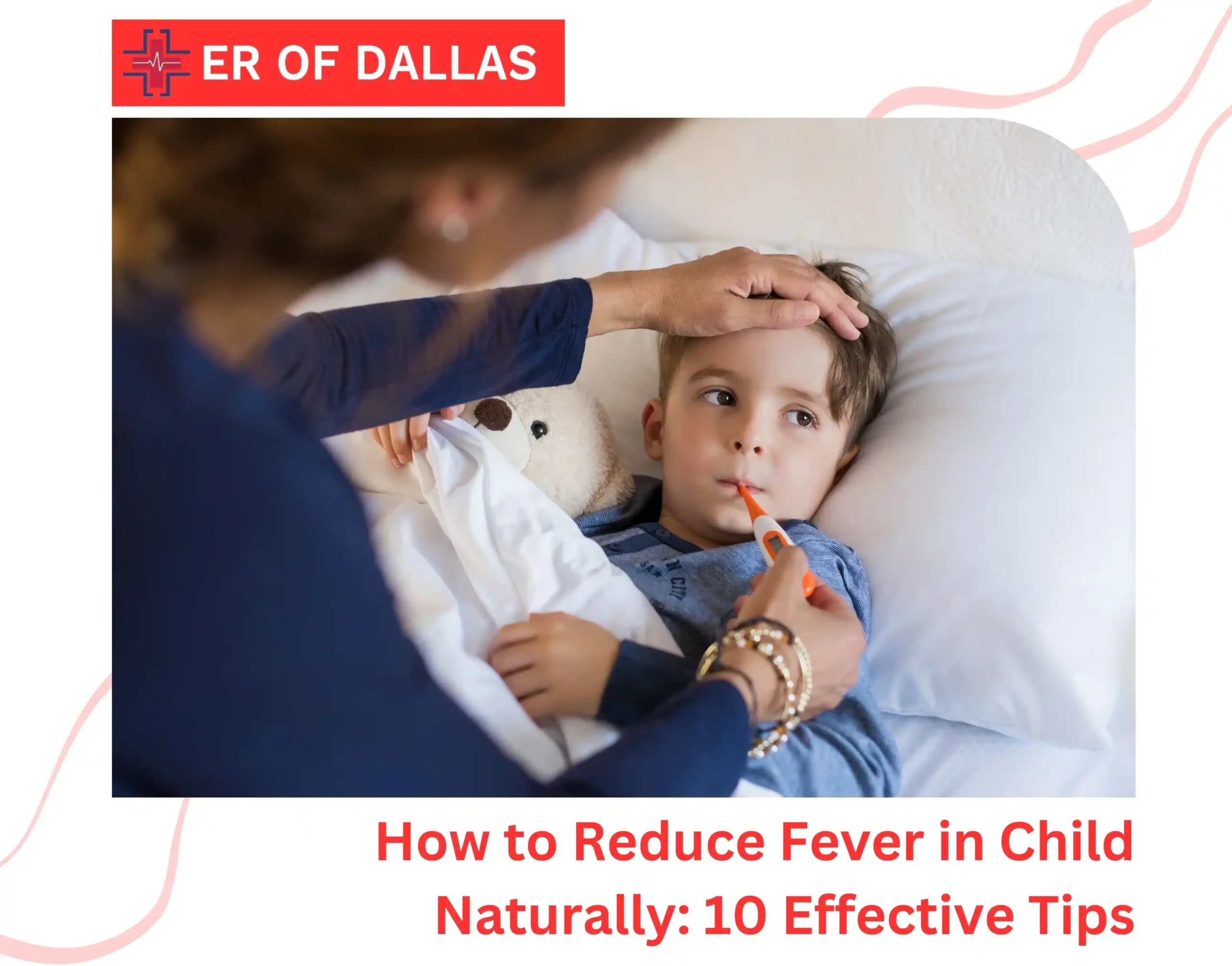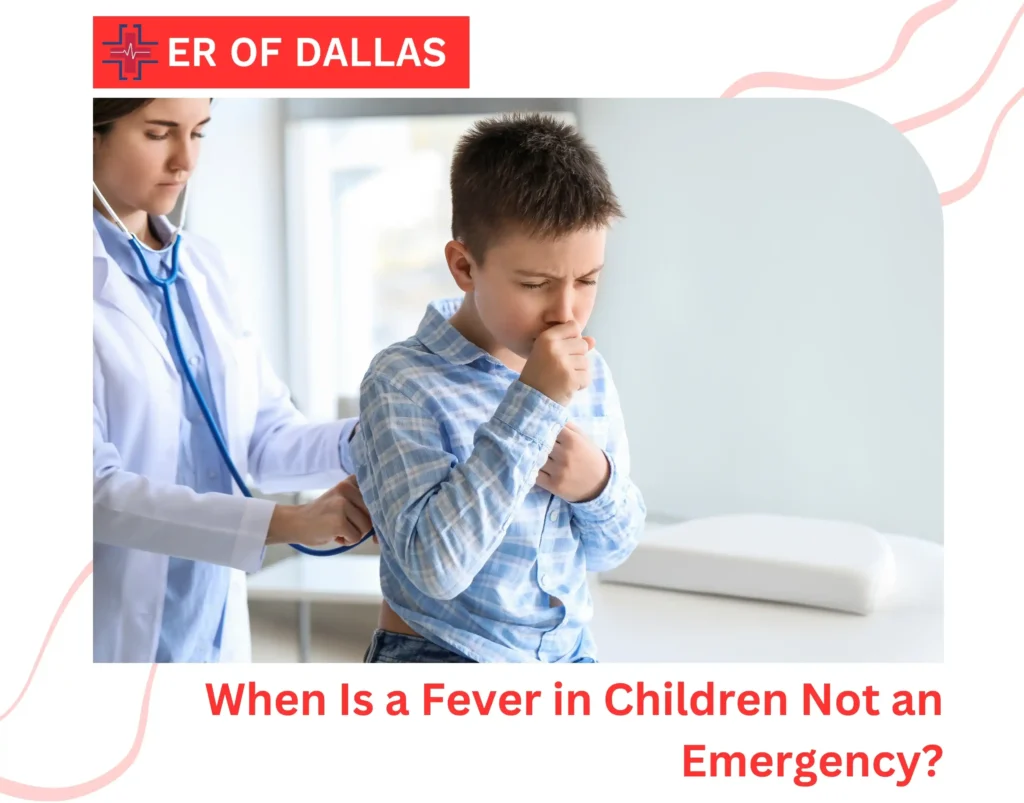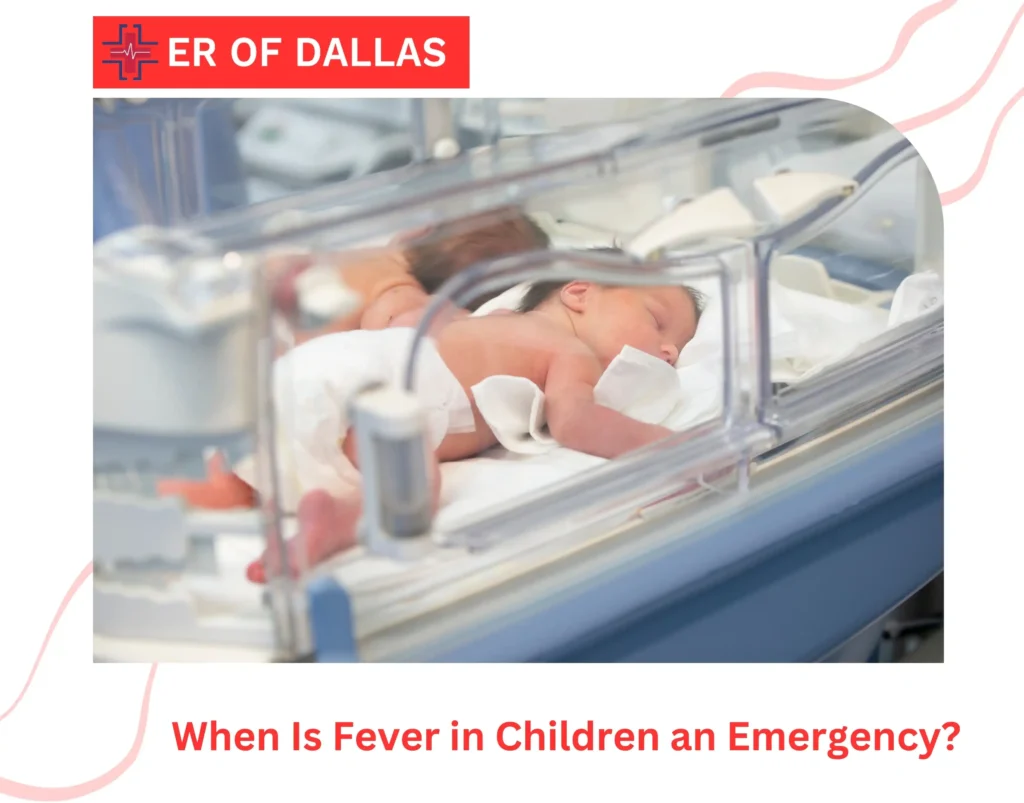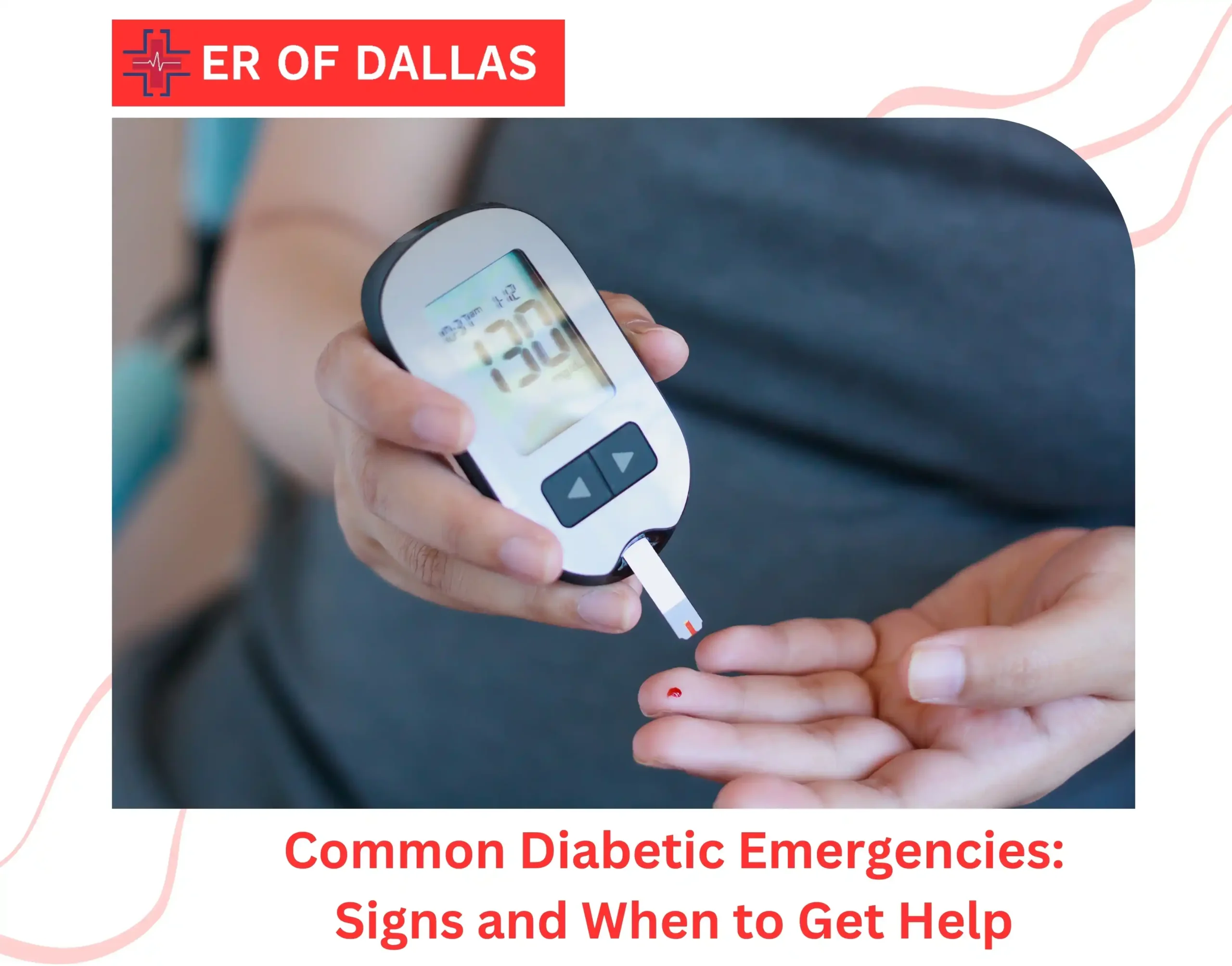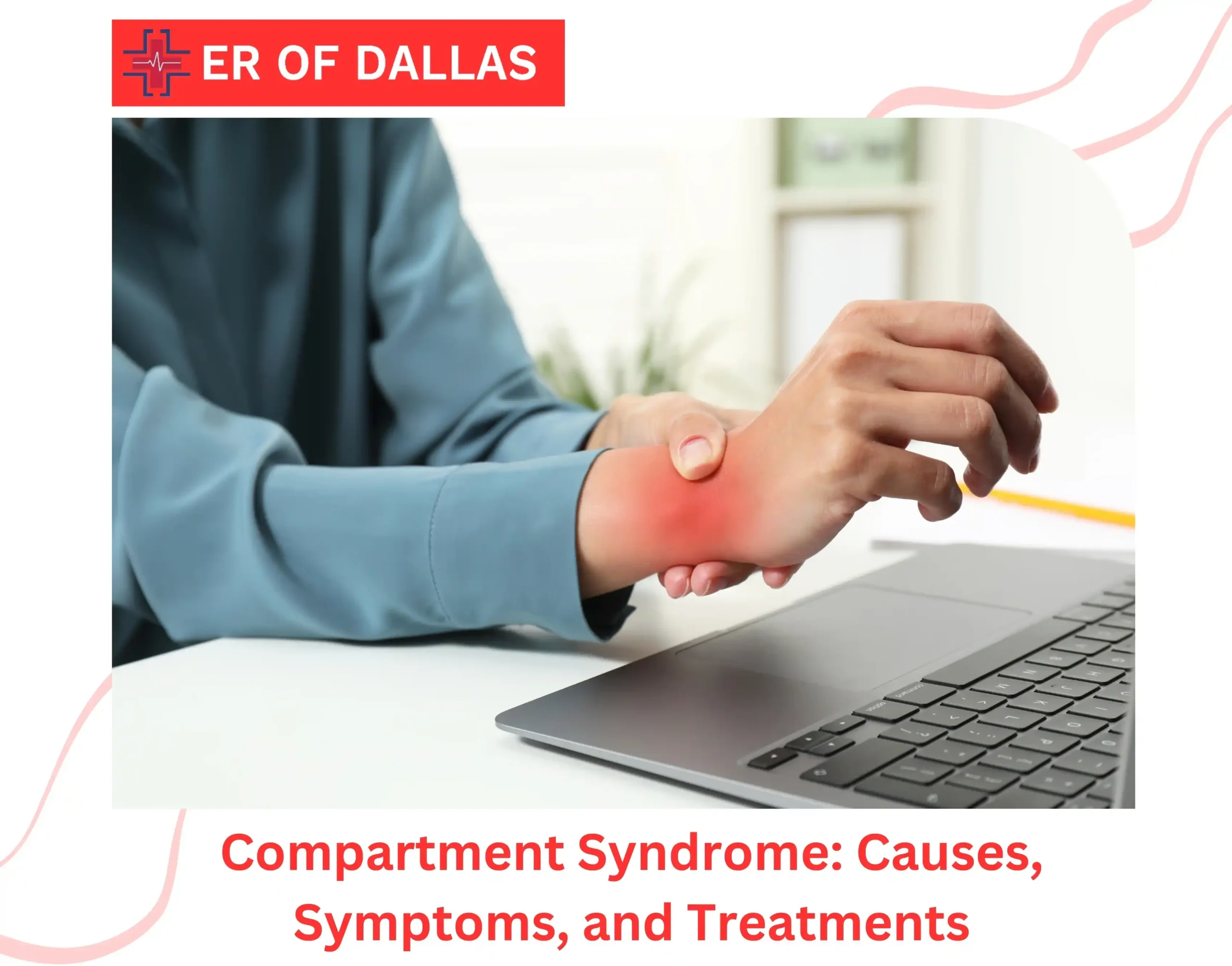Not every fever in child requires medication or doctor visits. Some natural home remedies often work just as effectively to reduce fever in kidsnaturally, while supporting their immune system as it fights infection.
From cool washcloths to proper hydration and breathable clothing, simple household solutions bring comfort without medication. This article covers ten proven techniques that ease your child’s discomfort and provides clear guidelines for when home care suffices versus when medical attention becomes necessary.
When Is a Fever in Child Not an Emergency?
Fever serves as your child’s built-in defense system against infections. The elevated temperature creates an environment where germs struggle to multiply and survive, while activating immune cells to fight more effectively. This is precisely why doctors often recommend letting mild fevers run their course if your child is alert, responsive, and properly hydrated.
The following fevers in child don’t always need a doctor:
- Mild Viral Fevers: Viral infections like colds, the flu, or stomach bugs usually don’t need a doctor’s visit. These fevers help the body fight off viruses and go away within a few days.
- Low-Grade Fevers: A mild fever under 102°F/38.9°C in children (or under 100.4°F in infants older than three months) is usually not a cause for concern.
- Fevers After Vaccinations: Some children develop a slight fever after routine vaccinations. This is a normal response and goes away on its own within a day or two.
- Fevers from Teething: Babies sometimes run a low-grade fever when teething. It is a mild reaction to gum inflammation that doesn’t need a doctor unless diarrhea or a persistent high fever appear.
- Overheating: Dressing too warmly or spending too much time in hot environments can cause a temporary increase in body temperature that goes away with natural tips.
10 Natural Ways to Reduce Fever in Children
If fever in child is mild and they’re otherwise doing okay, try these natural ways to bring their temperature down:
1. Plenty of Fluids
Hydration helps the immune system work properly by moving immune cells and nutrients throughout the body. Fevers make kids lose fluids faster, so give them plenty of fluids. Water, diluted juice, broth, and electrolyte drinks work well. If they’re a baby, keep breastfeeding or giving formula.
2. Light Clothing
Overdressing can trap heat and raise a feverish kid’s body temperature even more. Skip the heavy blankets and extra layers. Dress them in lightweight, breathable clothes and use light bedding to help their body release heat.
3. Give a Lukewarm Bath
A lukewarm bath can help bring down a fever naturally. Avoid cold water as it can cause shivering which is the body’s natural response to cold. It raises the body temperature even higher.
If a bath feels like too much, wiping your child down with a warm, damp washcloth can be a gentler way to help cool them off.
4. Use a Cool Compress
When a cool compress is applied to the skin, the cooler temperature of the compress draws heat away from the body. Use a soft washcloth or small towel and soak it in cool water. Wring out the excess water and gently place it on your child’s forehead, neck, armpits, or groin to reduce fever.
5. Keep the Room Cool
Don’t set the fan high or make the room too cold (or too hot) when your child has a fever. A fan on a low setting (not directly blowing on them) and a well-ventilated room can keep things comfortable without making them too chilly.
6. Rest, Rest, Rest
Rest helps the body to focus its energy on fighting the infection. During sleep, the body produces infection-fighting proteins. So make sure your kid has a quiet, comfortable space to rest. Try quiet activities like reading, coloring, or watching a show to help keep them from jumping or running.
7. Offer Small, Nutritious Meals
Don’t force big meals. Fevers can zap a child’s appetite, so stick to small, easily digestible foods like soup, oatmeal, mashed fruits, or yogurt. These give their body the nutrients it needs to heal.
8. Herbal Teas (For Older Kids)
Warm herbal tea helps the body sweat, which naturally releases heat and brings the fever down. Plus, it keeps your child hydrated, which helps with recovery.
9. Honey for Soothing
For children over one year old, a teaspoon of honey with lemon in warm water helps soothe sore throats that often accompany fevers while keeping them hydrated. The natural antibacterial properties may support immune function during fever.
| Warning: Never give honey to babies under 1 year old during fever or any time, as their immature immune systems can’t protect against potential bacteria in honey. |
10. Lots of Love
When kids have a fever, they get cranky and restless. Sometimes, all they need is a little extra snuggle time. A cuddle or a gentle back rub can help them feel safe and calm. Your presence is comforting, and sometimes, that’s the best medicine of all.
When Is Fever in Child an Emergency?
While natural remedies can help with mild fevers, certain situations require medical attention. Seek child-friendly emergency care if:
- Your baby is younger than 3 months and has a fever of 100.4°F (38°C) or higher
- Your child is between 3-6 months old and has a fever of 102°F (38.9°C) or higher
- The fever reaches 104°F (40°C) or higher in an older child
- The fever lasts more than three days
- Your child is showing signs of dehydration
- They have a persistent rash, seizures, vomiting, severe ear pain, or diarrhea
When Natural Remedies Aren’t Enough
These natural fever reduction remedies work effectively for most childhood fevers. Monitor temperature, behavior, and hydration as the fever does its immune-boosting job. But know when to draw the line.
High fevers that persist, unusual symptoms, or a child who seems extremely ill require immediate medical attention. For those moments when natural approaches fall short, ER Dallas provides specialized pediatric emergency care around the clock.
FAQs
1. What are the signs of fever in child besides a high temperature?
If your kid has a fever, they may have red cheeks, get the chills, or keep asking for water. They could be extra tired, cranky, or not as hungry. Some kids get glassy eyes, body aches, and may become either fussier or quieter than normal. If they’re acting differently, it’s worth keeping an eye on.
2. Can I let my child’s fever run its course without treatment?
Yes, if your child is otherwise healthy and their fever is mild (below 102°F) with no concerning symptoms, letting the fever run its course can actually help their immune system fight off infections. Just make sure they stay hydrated, well-rested, and comfortable.
3. Can babies have honey for fever relief?
No. Never give honey to babies under 12 months, even for fever. Honey can contain botulism spores that infant digestive systems can’t neutralize. This can lead to infant botulism, a rare but serious condition causing muscle weakness, difficulty breathing, and potentially life-threatening complications. For fever relief in babies, use only appropriate fluids, light clothing, and lukewarm baths after consulting your pediatrician.

